The advanced drone will pull from experience with the nEUROn stealth demonstrator and is seen as essential to executing high-end future missions.
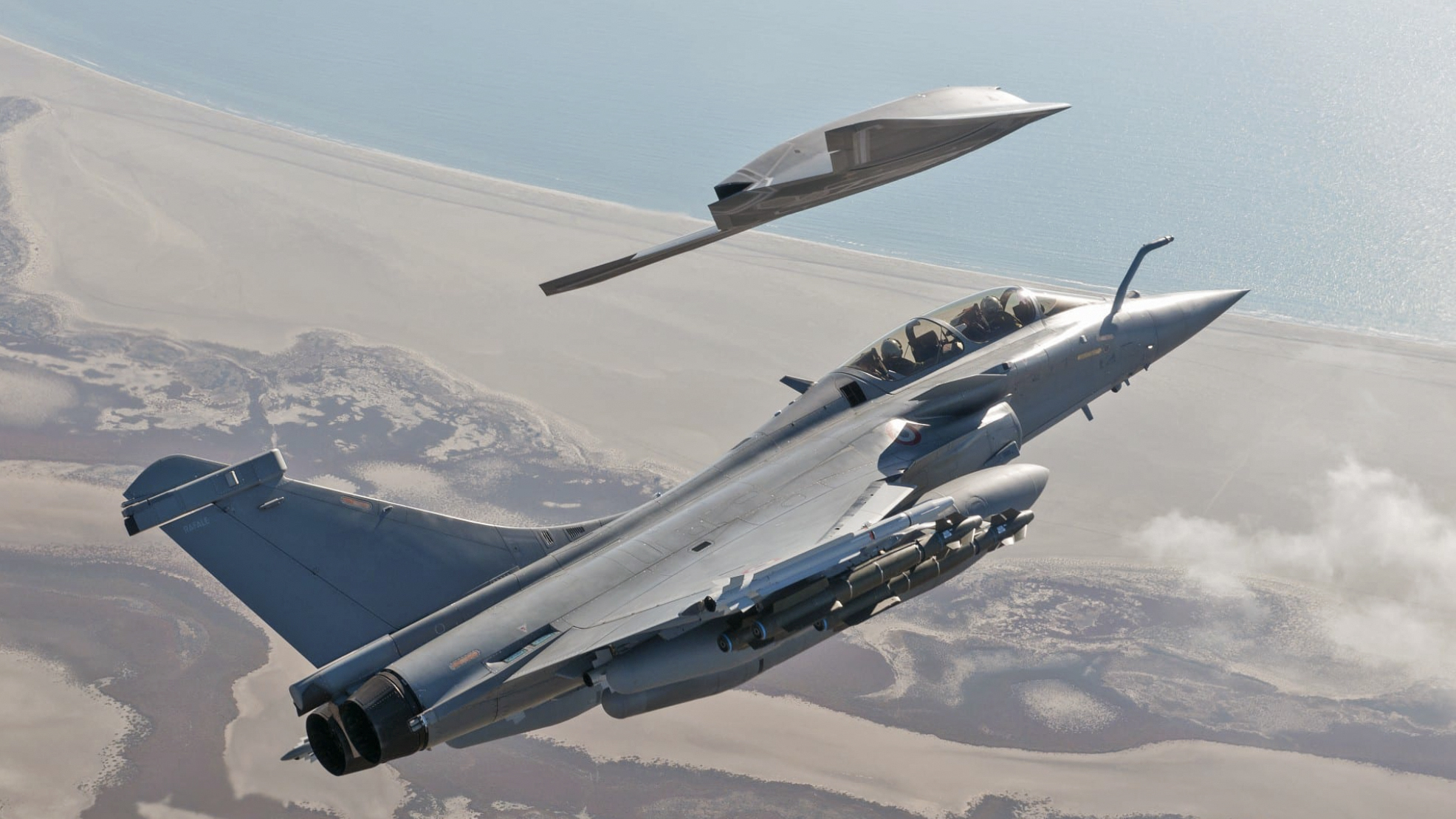
France has unveiled plans to develop a new uncrewed combat air vehicle (UCAV) that will complement the forthcoming Rafale F5 crewed fighter, as part of a new-look French Air and Space Force. The industrial side of the drone program will be headed up by Dassault Aviation, drawing upon its previous nEUROn UCAV demonstrator, which has already been used in trials with crewed combat aircraft.
The program was announced today by France’s Minister of the Armed Forces Sébastien Lecornu, during a ceremony marking the 60th anniversary of the French Strategic Air Forces (FAS) at Saint-Dizier Air Base.
“This stealth combat drone will contribute to the technological and operational superiority of the French Air Force by 2033,” explained Éric Trappier, chairman and CEO of Dassault, in a statement. “It is significant that it is being initiated today, as we mark the 60th anniversary of the Strategic Air Forces and the 90th anniversary of the Air and Space Force: in aeronautics — a highly complex field — the future has deep roots, and innovation is built on experience. Dassault Aviation and its partners are proud to serve the French Armed Forces and the French Defense Procurement Agency (DGA).”
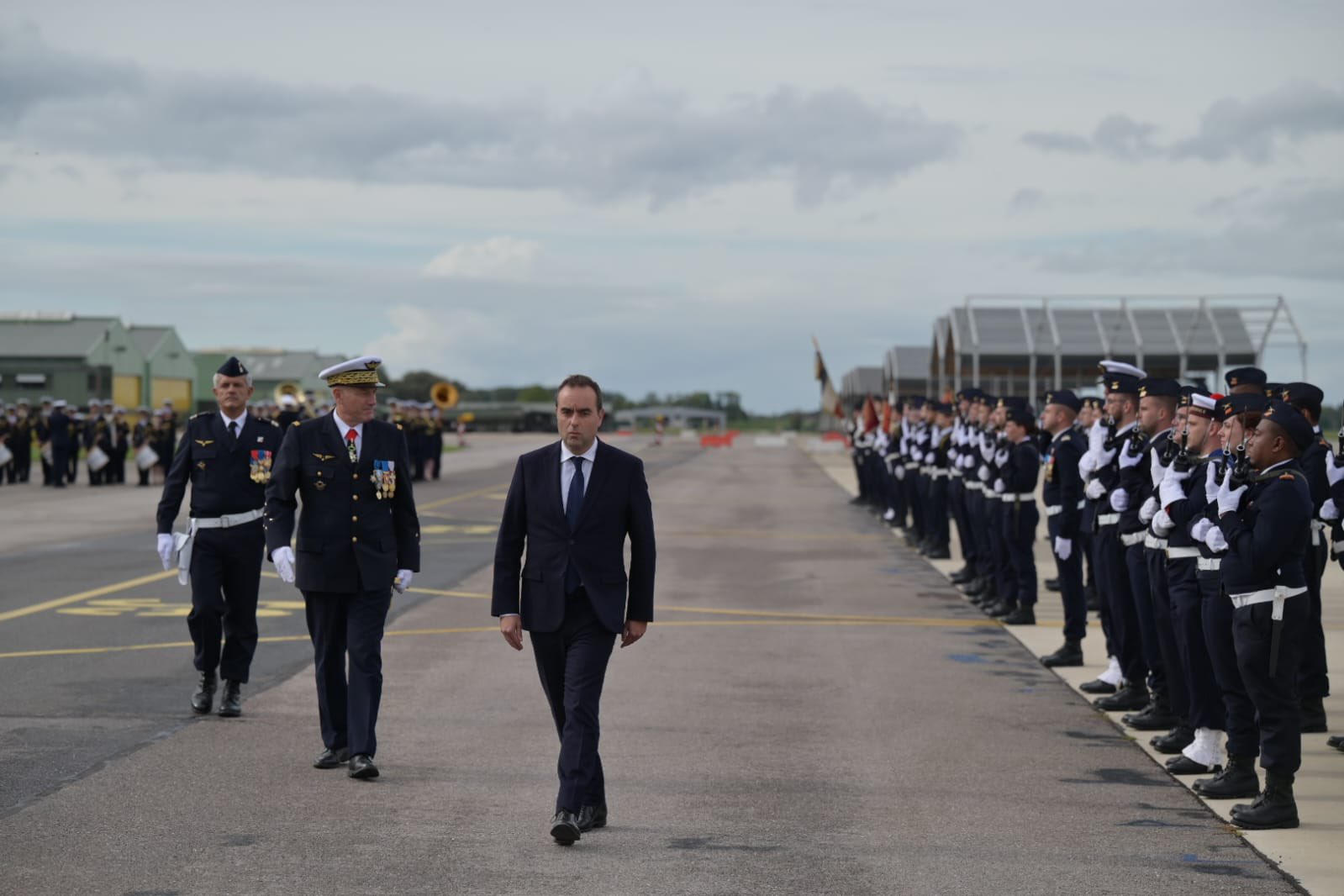
Some details were provided about the capabilities of the new drone and the kinds of technologies it will incorporate. The drone — as yet unnamed — will be “complementary to the Rafale and suited to collaborative combat.” It will also have stealth characteristics including an internal payload. The UCAV will feature autonomous control, with a human-in-the-loop (in this case, the pilot in the cockpit of the Rafale).

According to Dassault, the drone “will be highly versatile and designed to evolve in line with future threats,” although no further information was provided about its expected performance or even the range of missions it will fly.
It may or may not be relevant that a Dassault press release today refers to the new drone working alongside the Rafale F5 “like the Mirage IV … [to] ensure France’s independence and capability superiority in the coming decades.”
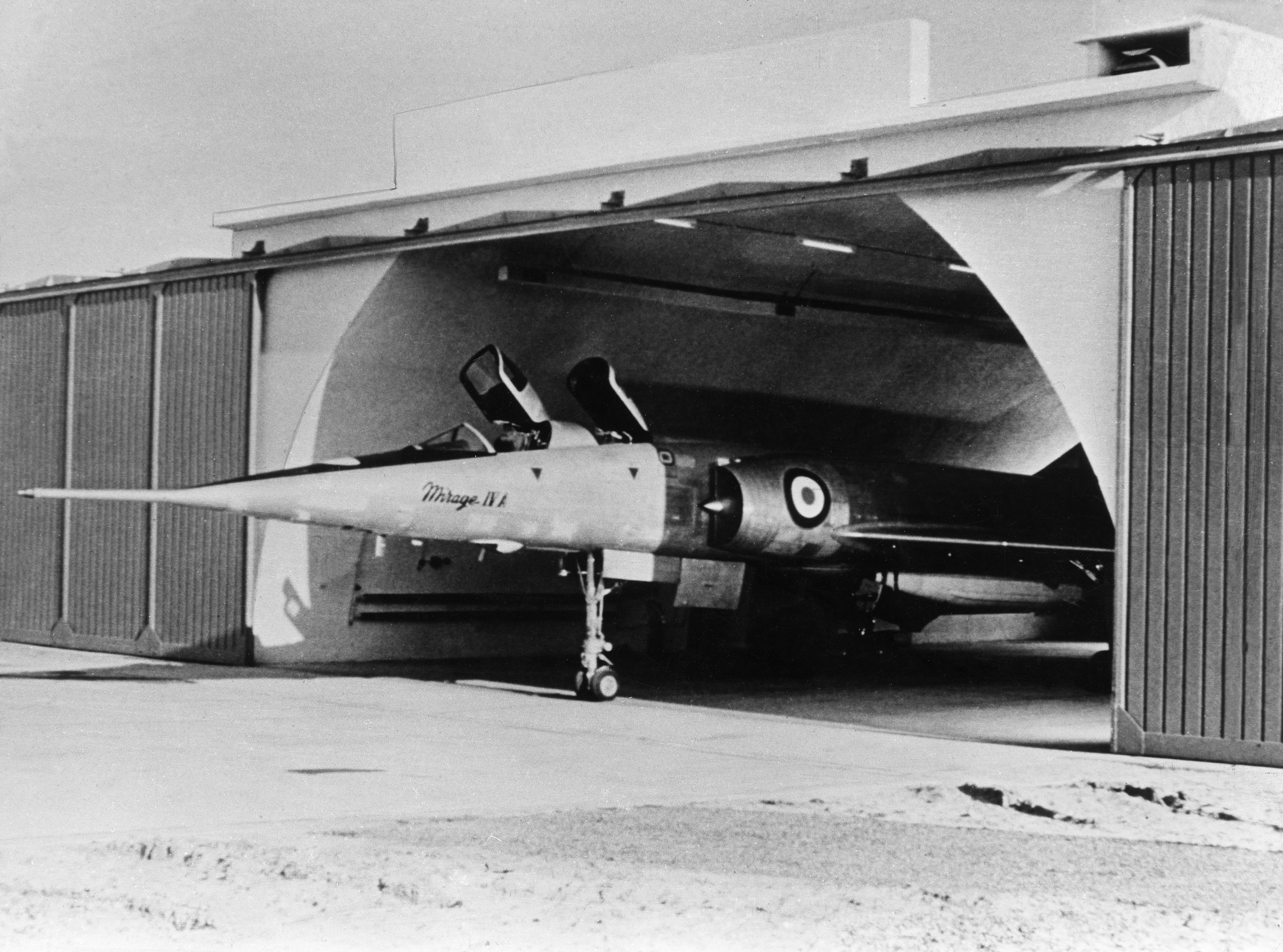
This would appear to be a specific reference to France’s airborne nuclear deterrent, a role undertaken by FAS using the Rafale. In the past, the mission was carried out by the Mirage IV. It may be that this is a reference to the drone supporting the Rafale on nuclear penetration missions, clearing the way for strikes, for example. On the other hand, it may simply be a more general reference based on the announcement being made at an FAS air base.
As for the F5 Standard of the Rafale that the new drone will be expected to support, this is planned to keep the multirole combat aircraft in frontline service until around 2060. Initial studies for the F5 Standard were initiated last year, with full-scale development to begin in the 2026-27 timeframe. This means that the aircraft can be closely tailored to enable crewed-uncrewed teaming with the new drone.
In the past, it’s been stated that the Rafale F5 would have a focus on collaborative combat, as well as incorporating new-generation weapons. These weapons are planned to include the ASN4G, the next-generation standoff nuclear weapon for the French Armed Forces, replacing the current ASMPA.
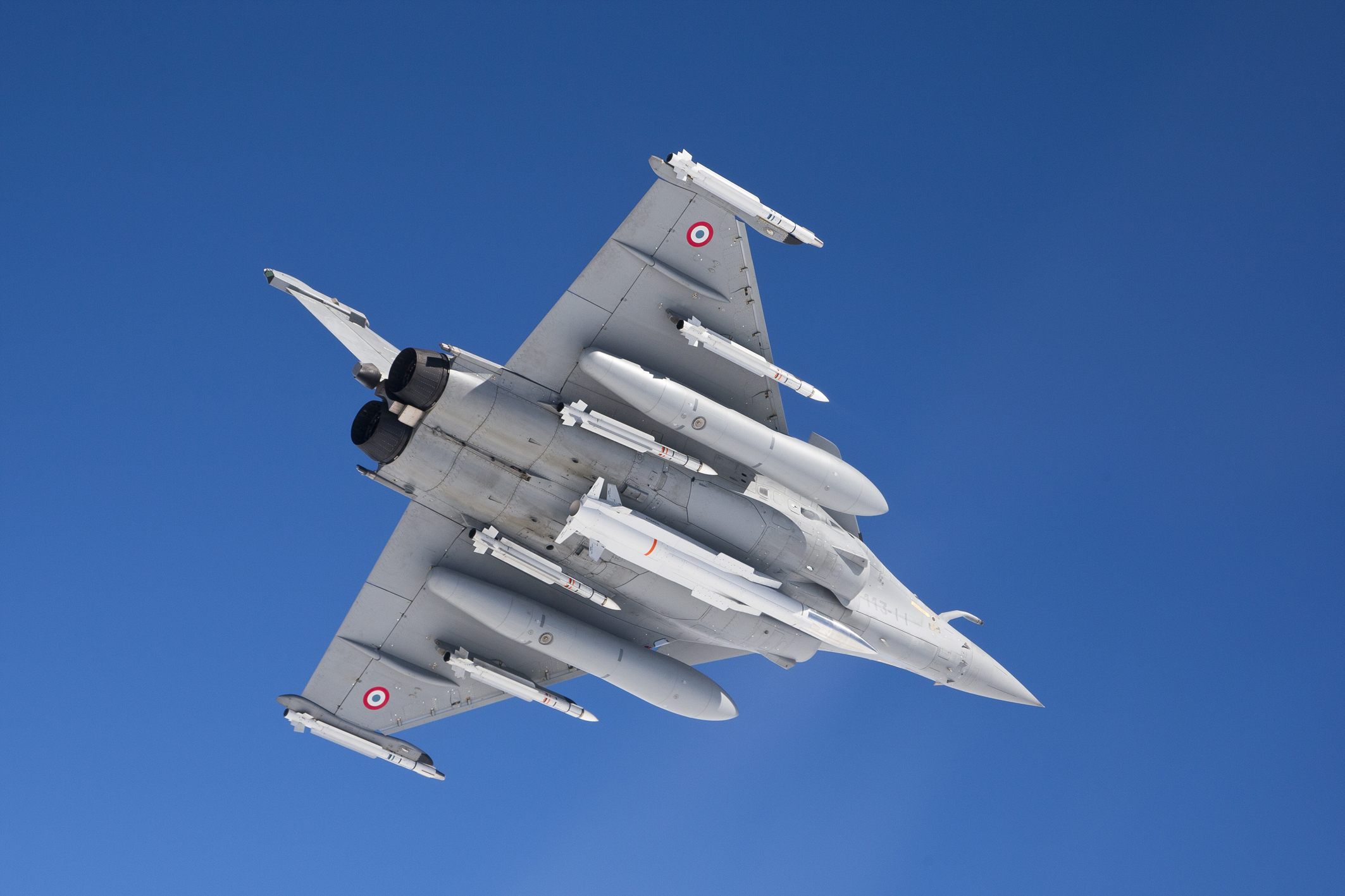
Other new weapons for the Rafale F5 are expected to include successors for the SCALP conventional cruise missile and Exocet anti-ship missile, with a hypersonic design being examined for the latter requirement. Air-to-air munitions should include an upgraded Meteor beyond-visual-range missile.
Suppression and destruction of enemy air defenses (SEAD/DEAD) is also seen as a primary mission for the Rafale F5 and one that would benefit hugely from a loyal-wingman-type drone to operate alongside the crewed fighter. Other efforts to enhance the survivability of the Rafale F5 may include conformal fuel tanks and radar-cross-section reduction kits, although the fighter will certainly not be truly stealthy, making a drone wingman all the more valuable.
Since the Rafale F5 is being developed with the Future Combat Air System (FCAS) in mind, it’s very likely that the new drone will also be designed to operate within this broader architecture. Not to be confused with the U.K.-led effort of the same name, the pan-European FCAS will include uncrewed air vehicles as well as uncrewed effectors and remote weapon carriers, some of which can be air-launched and which will increasingly blur the distinction between cruise missiles and drones. The centerpiece of FCAS will eventually be a crewed combat aircraft, the Next Generation Fighter (NGF), which should eventually replace the Rafale, among others.
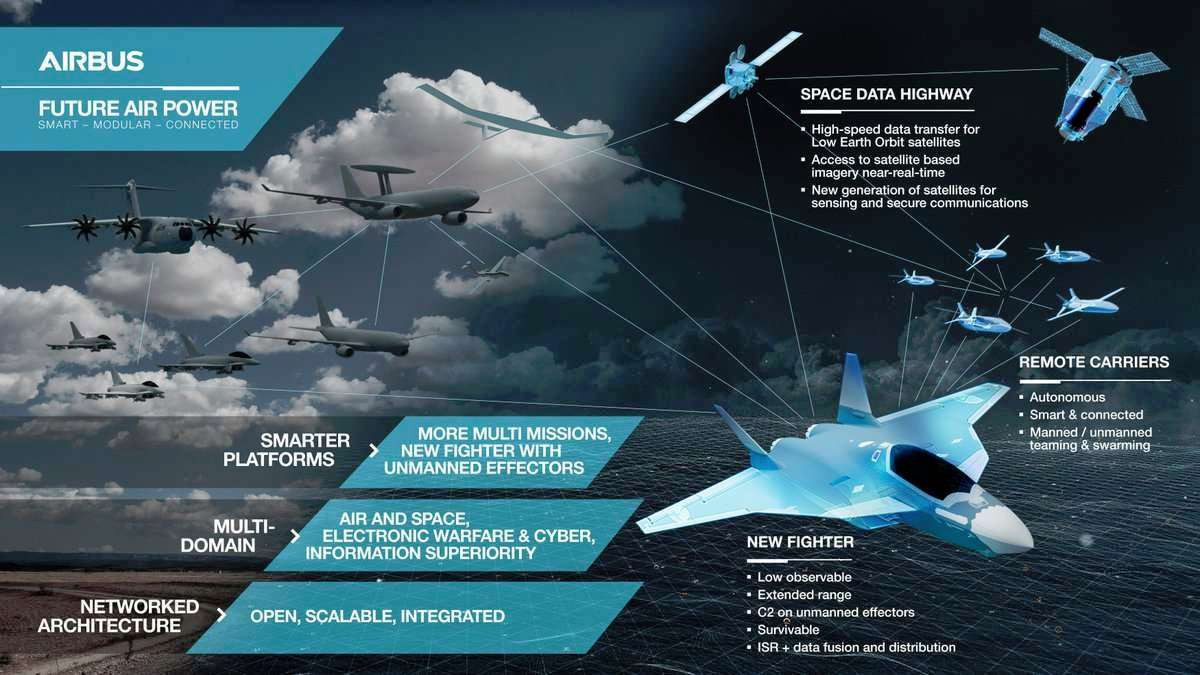
The Rafale is also available in a two-seat version, which would appear to lend itself especially well to the “drone controller” role, potentially with a dedicated rear cockpit for teaming up with UCAVs. Similar concepts are also being explored in China and the U.S. Air Force has also eyed its two-seat F-15EX as a possible candidate for working with loyal wingman drones.
While we don’t know what the new drone announced today will look like, nor do we have an idea of its size, it seems likely that it will at least be informed by the Dassault nEUROn, a UCAV demonstrator that you can read more about here. The stealthy nEUROn is a flying-wing-type drone, launched in 2003 as a pan-European project, but headed up by Dassault of France.
The nEUROn was first flown in December 2012 and has so far conducted more than 170 test flights.
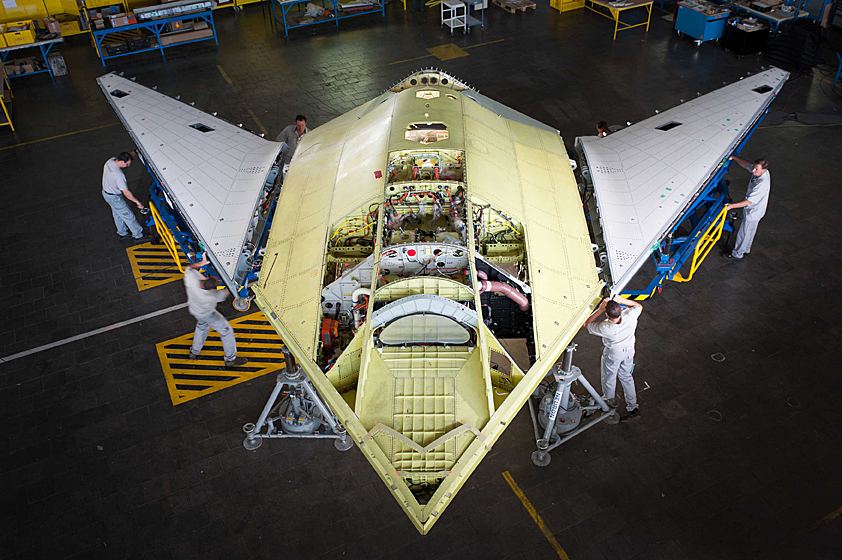
Notably, some of these tests have included determining the UCAV’s ability to remain undetected and penetrate air defense networks. In 2016, the drone was reportedly able to successfully breach the air defense perimeter around the French aircraft carrier Charles de Gaulle, a clear demonstration of its stealth characteristics.
Today’s announcement might be bad news for Airbus, which unveiled its fighter-like stealthy Wingman uncrewed concept aircraft this summer. Also intended to fly collaborative missions alongside crewed fighters, the Wingman has been pitched as a low-cost solution — with a price tag equivalent to one-third that of a modern crewed fighter — that can be brought into production and fielded rapidly.
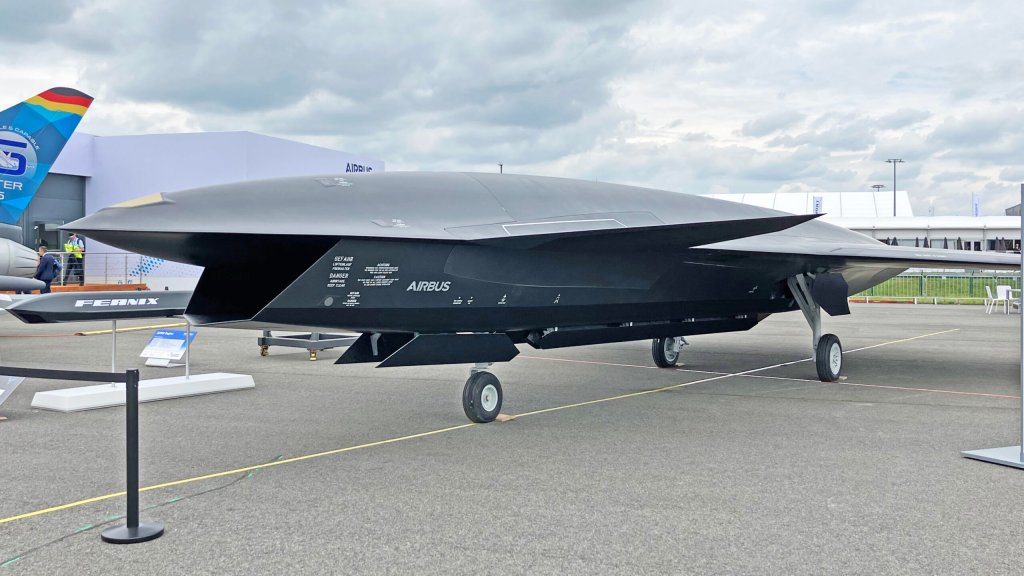
In relation to Wingman, Airbus noted that the German Air Force had “expressed a clear need” for a drone that would be able to operate in conjunction with crewed fighters before the arrival in service of the pan-European FCAS.
With Airbus already playing a major role in FCAS, the company may have hoped that Wingman would also attract interest from other countries involved in that initiative: Belgium, France, and Spain.
So far, there’s no sign that France is interested in Wingman, although it’s hard to envisage that Airbus could develop and build this UCAV solely to meet a German requirement for an uncrewed companion that can work alongside its forthcoming Eurofighter EK electronic warfare jets, which seem likely to be a major driver behind it.
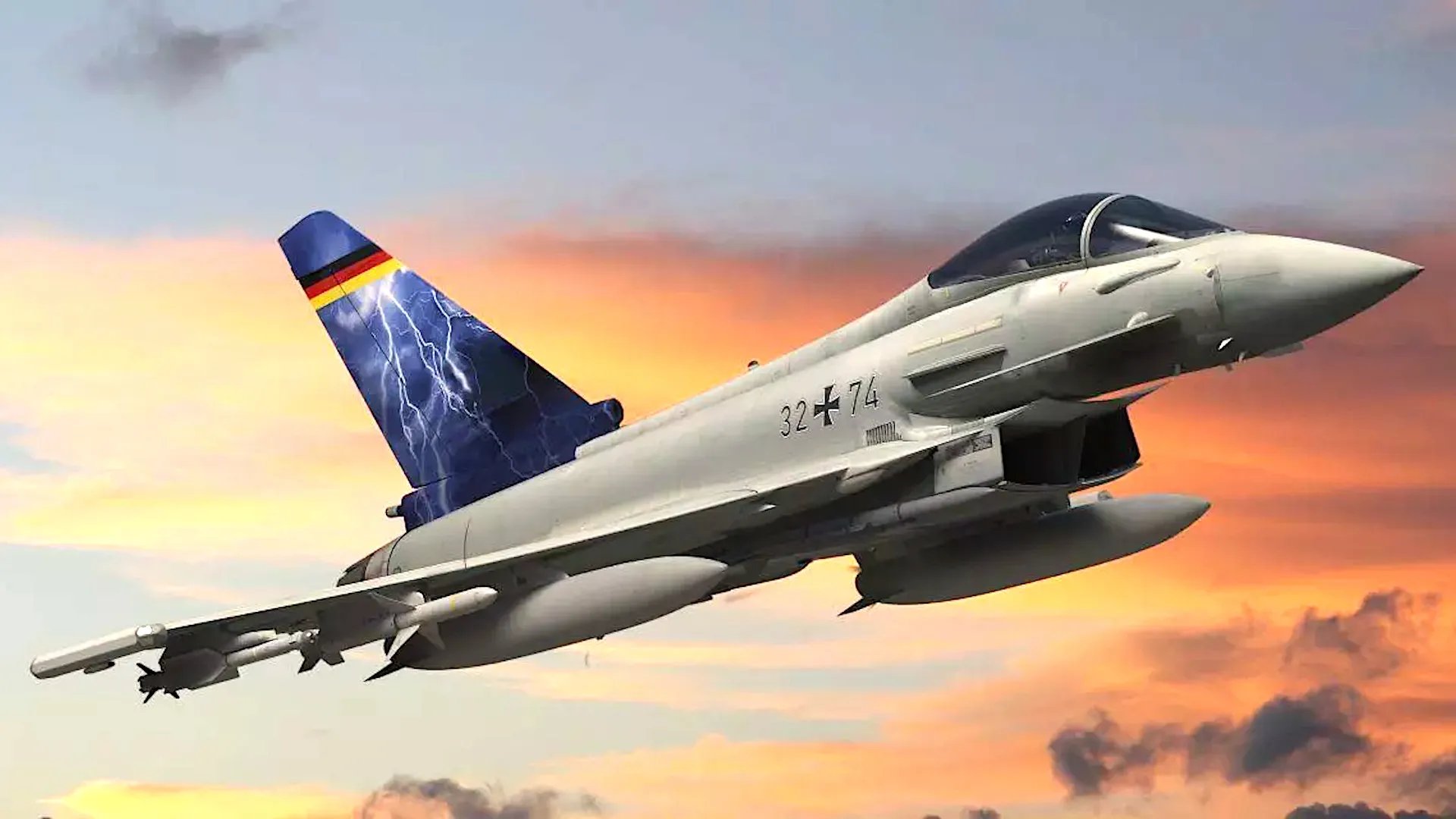
At the same time, Wingman is expected to enter service in the 2030s timeframe, at much the same time as the new Dassault UCAV. It’s certainly questionable whether the European defense industry can support two apparently overlapping if not competing, programs.
Without any concept art or details of the design of the new Dassault UCAV, we can’t say for sure whether it will follow the pattern established by nEUROn, although that certainly seems possible if not probable.
If this is indeed the case, the launch of this program again highlights an apparent gap in the U.S. combat aircraft space as well as the growing interest in stealthy UCAVs in other countries. For some time now, drones in this category have become attractive as a far more cost-effective and more capable alternative to crewed aircraft to satisfy a number of missions, especially the more hazardous ones. In particular, China has been pushing ahead with the development of UCAVs for exactly these reasons, with other programs being pursued in Russia and elsewhere.
The news from France today suggests that the trend for UCAVs — flying wing or otherwise — is only likely to grow exponentially as time goes on.





